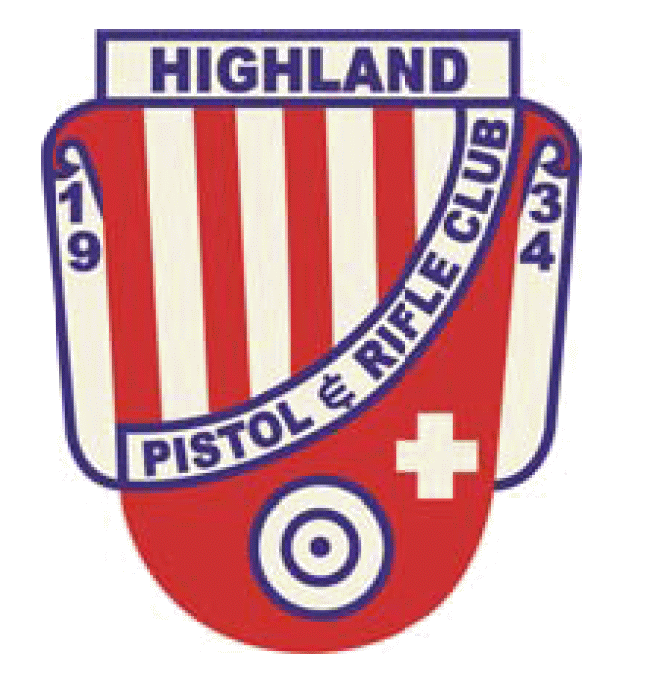Skeet
Skeet is a recreational and competitive activity where participants attempt to break clay disks flung into the air at high speed from a variety of angles. For the American version of the game, the clay discs are 4 and 5/16 inches in diameter, one and 1/8 inches thick, and fly a distance of 60 yards (+/- 2 yards).
The firearm of choice for this task is usually a high quality, double-barreled (either side-by-side or over and under) shotgun although many shooters of American skeet and other national versions still use inexpensive semi-auto and pump action shot guns with great success. The use of clay targets replaced the more traditional target of live birds, as a cheaper, more humane and more reliable alternative, one reason they are also called clay pigeons.
The event is in part meant to simulate the action of bird hunting. The shooter shoots from 7 positions on a semi-circle with a radius of 21 yards (19 m), and an 8th position halfway between stations 1 and 7. There are two houses that hold devices known as "traps" that launch the targets, one at each corner of the semi-circle. The traps launch the targets to a point 15 feet above ground and 18 feet outside of station 8. One trap launches targets from 10 feet above the ground ("high" house) and the other launches it from 3 feet above ground ("low" house). At stations 1 and 2 the shooter shoots at single targets launched from the high house and then the low house, then shoots a double where the two targets are launched simultaneously. At stations 3, 4, and 5 the shooter shoots at single targets launched from the high house and then the low house. At stations 6 and 7 the shooter shoots at single targets launched from the high house and then the low house, then shoots a double. At station 8 the shooter shoots one high target and one low target. The shooter must re-shoot his first missed target, or if no targets are missed, must shoot his 25th shell at the low house station 8. This 25th shot was once referred to as the shooter's option as he was able to take it where he preferred. Now, to speed up rounds in competition, the shooter must shoot the low 8 twice for a perfect score. If while shooting a double, the shooter shoots 2 clays in one shot the shooter will not be credited for the double and the shot will be considered a miss this is a rule of field, NSSA and NSCA teams around the world.
In the U.S., registered, formal, competition is administered by the National Skeet Shooting Association (NSSA). A full tournament is typically conducted over the course of five events. These include four events shot as described in the preceding paragraph, each with a different maximum permissible gauge. In the usual descending order in which the events are shot, these maximum gauges are 12, 20, 28 and .410 bore. Each event normally constitutes a separate championship. In addition, the scores in the four singles events are combined to crown a High Over All ("HOA") champion for the tournament: a coveted title. On occasion, the scores for all five events are also combined, to determine the High All Around ("HAA") champion.
The requisite use of the small bore shotguns, including the difficult .410, is a major differentiation between the American version of the sport and the International version. Some would argue that it makes the American version at least as difficult as the International version, though perhaps at greater expense, given the necessity of one or more guns capable of shooting in all events.
The most popular and effective solution to the multiple gun requirement is a two barrel, over & under shotgun, commonly a 12 ga. with a mechanical trigger, which can accept full length machined tubes or shorter chamber inserts, which permit the gun to shoot all gauges and the .410 bore.
So effective is the tubed gun solution that perfect scores are often required to win the open title in individual events, and combined scores of 395 to 400 may be required to win the open HOA in a major shoot, depending on the weather (though a perfect score of 400 remains a rare and noteworthy event). For example, the HOA title at the 2007 U.S. Open tournament, shot in Albuquerque, New Mexico between September 6th and 9th, was won in a shoot off between two competitors, each of whom shot a combined score of 399 out of a possible 400.
Recognizing that a high level of perfection is beyond the skill, interest, or time available to most shooters, NSSA competitions are subdivided into several classes, each based on the average score shot over the last 500 targets fired upon, in each of the five events, prior to any given competition. This permits shooters of roughly equal ability at the relevant point in time to compete against each other for the individual and HOA titles in their class.
